Can playing games help you get a job and save more?
- Published
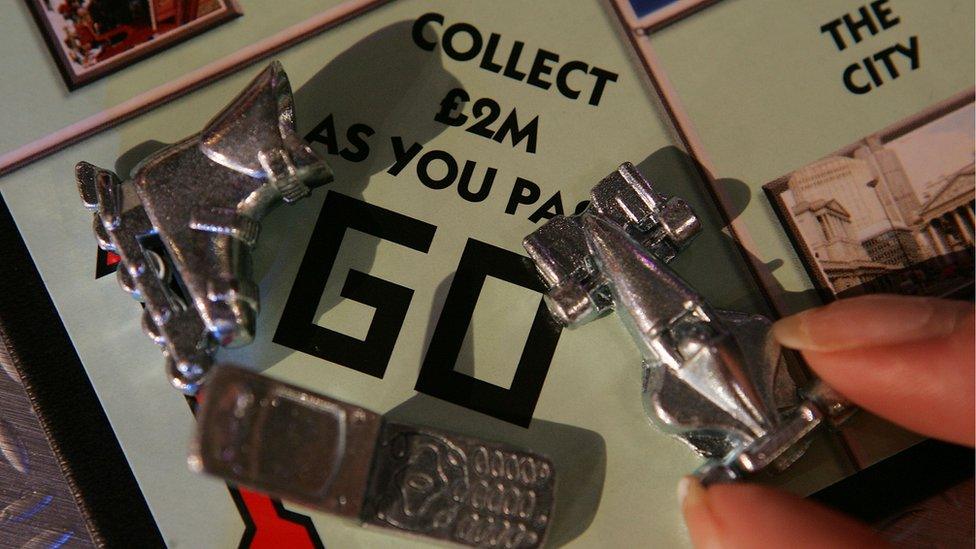
How much does playing games reveal about our personalities?
How often does your boss summon you to play Minecraft, or demand that everyone convene urgently in the boardroom for a game of Monopoly?
Not often, I bet. Yet, as Claire Woodcock, strategy manager at digital agency, Razorfish, says: "Adults are no different to children in that we learn best through play."
Gamification - using elements of game play to make people engage more with brands, products and company diktats - certainly seems to be thriving.
But is it more than just a gimmick?
'Educational'
Kingfisher, owner of the B&Q, Brico Depot and Screwfix brands, believes so.
It adopted gamification to raise awareness of pensions and savings among its 36,000 employees.
Communications agency Teamspirit created a gaming app for them called "Bolt To The Finish" involving characters from the fictional Bolt family collecting coins and being chased by a nut (of the metal variety).
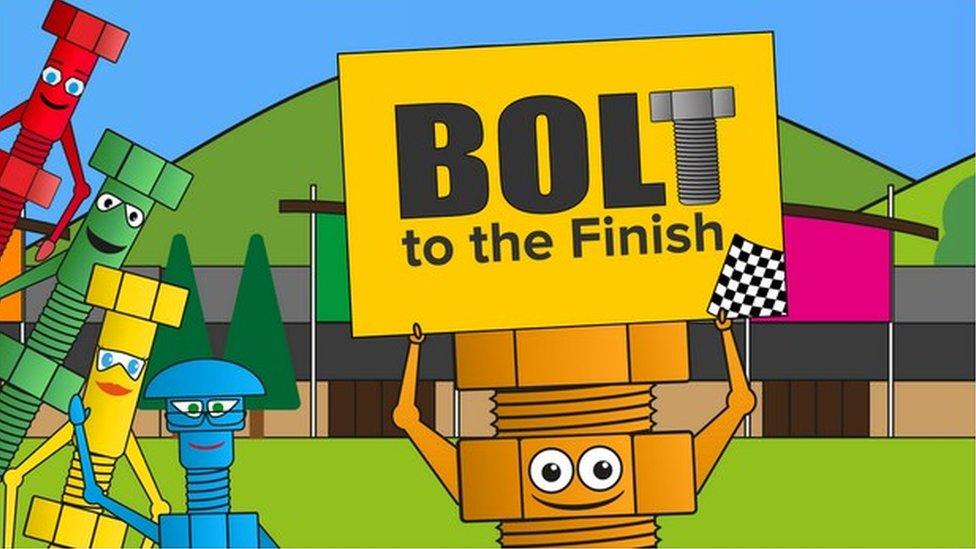
Kingfisher's Bolt to the Finish game saw a big rise in staff paying more into their pensions
As staff play, the game educates them about pensions saving. For instance, the younger you start saving for a pension the better, so the younger character Sanjay has a less challenging time than an older character.
"The game was educational whilst entertaining, and encouraged players to think about pensions in a different way - great for changing behaviour," says Banafsheh Ghafoori, pensions technical and communication manager at Kingfisher.
"In terms of the game itself, the statistics have been great, with the leaderboard element encouraging replays and reinforcing the messages."
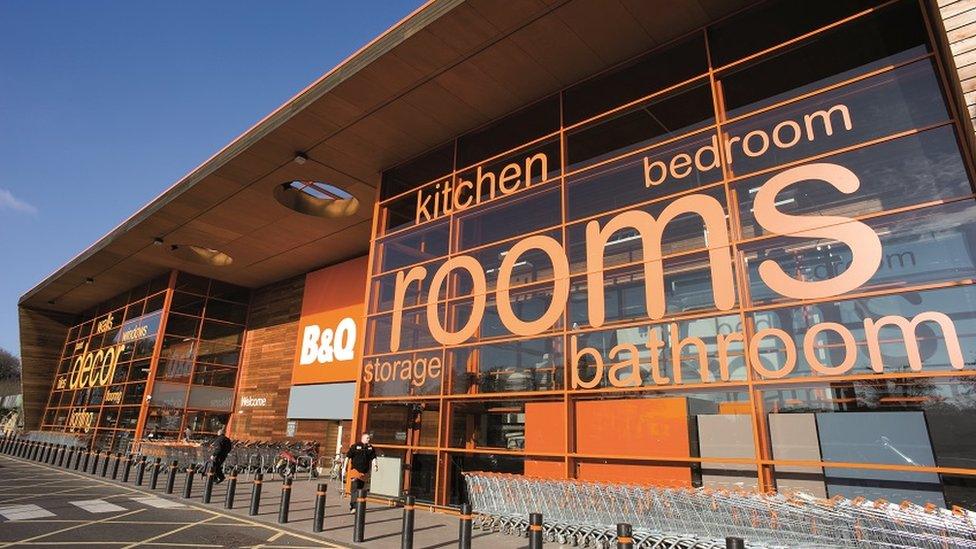
B&Q owner Kingfisher believes gamification can help change employee behaviour
As a result, the group saw a 20% increase in the number of staff choosing to save into their pension at the maximum contribution level, says Ms Ghafoori, while 78% said the game had encouraged them to think about saving for the future.
Gamification can generally be considered successful if it gets people doing something in which they previously lacked motivation, argues Lauren Ferro, gamification consultant and doctoral researcher at RMIT University in Melbourne, Australia.
But she takes it one step further: "For me, success is when people are changing their behaviour beyond the novelty - they are able to develop lasting changes."
You are what you like
As well as changing behaviour, gamification is being used to assess behaviour - in recruitment, for example.
When software company SAP wanted to recruit from a wider range of people, it worked with business consultancy The Chemistry Group to create a game combining social media with personality assessments.
Players log in to the game via their Facebook accounts and data on their Facebook "likes" is correlated with their game behaviour, and data from other assessments, to create a personality profile.

Would playing a game to get a job be more fun than the dreaded interview?
"The gaming tool gives a better experience for applicants by helping to show what it would be like to work for SAP so they can see if it's right for them and, at the same time, allows us to see if this candidate is right for us," says Matt Jeffrey, SAP's vice president head of global sourcing and employment branding.
He says that in future the tool will allow SAP to tap into latent talent by engaging with people who might not have any immediately relevant experience.
"It will tell them where they could fit into SAP and invite them to apply for a job," he says.
Keys to success
Gamification is also used to incentivise customers to use a product more often.
For example, Romanian app developer, T-Me Studios, launched its Redraw Keyboard in September to replace the standard keyboard on Android devices. The new design aims to enhance productivity through tools such as instant translation and Google Docs integration. Users can also personalise their keyboards with different branded themes and emojis.
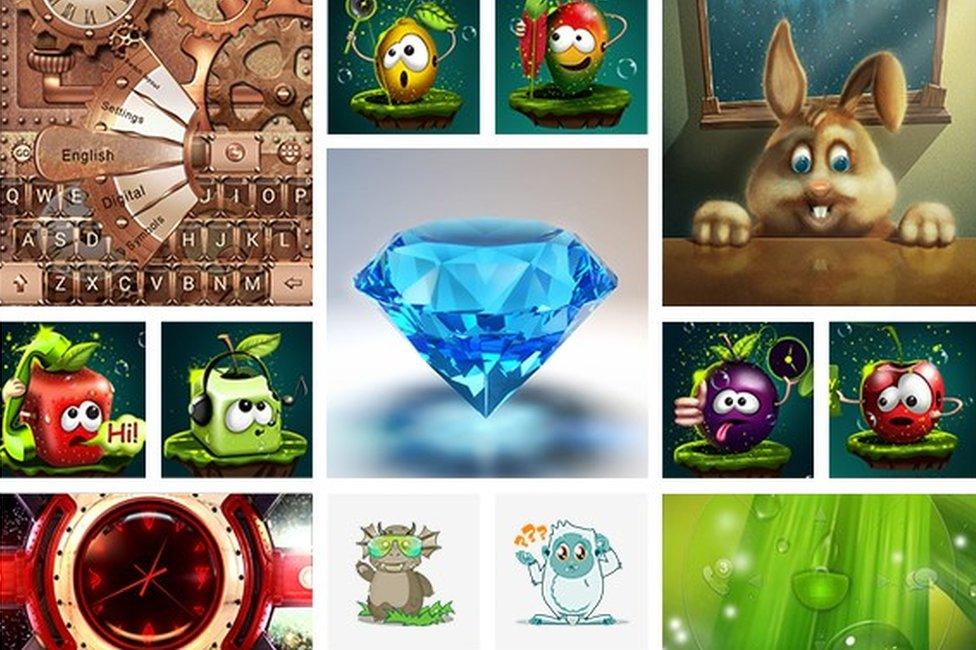
Mobile app designer T-Me Studios uses gamification to engage its users
But T-Me rewards users for the time they spend using the keyboard app.
"The more they type and the more emojis they use, for example, the more rewards they get," explains Ioanina Pavel, the firm's head of content and social media marketing.
The rewards translate into coins that can be used to access more tools, while a leaderboard pits users against each other and encourages competition.
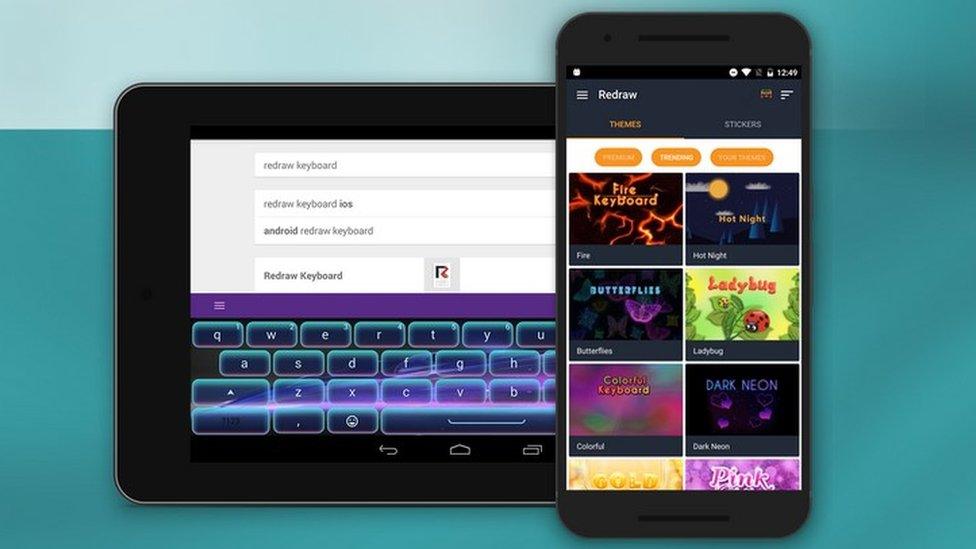
T-Me Studios' Redraw Keyboard enables users to personalise their messaging
Since launch, the keyboard has already amassed more than 1.4 million users, with 300,000 of those using it every day.
"The gamification feature is one of the most popular features of the Redraw Keyboard," says Ms Pavel.
'Scattergun'
Gamification has certainly matured, says Brian Burke, analyst at research consultancy Gartner.
"A few years ago it was scattergun - people were trying to apply gamification to everything and clearly that had limited success," he says.
"Marketers saw it as a shiny new object and they all wanted some, but that has really slowed down."
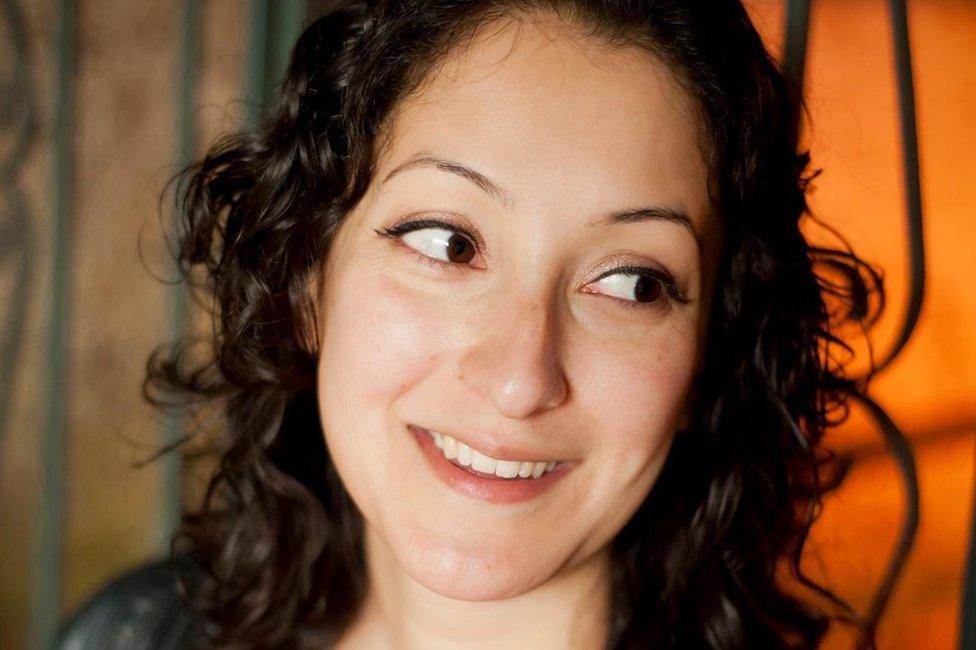
Razorfish's Claire Woodcock says "we learn best through play"
Ms Woodcock agrees that businesses are starting to see past "gimmicky campaigns" and understand why gamification is useful.
"We're starting to see companies apply gamification to hard problems, particularly to help people with their finances," she says.
"From start-ups like Cleo AI, which gives you a running breakdown of your finances, to traditional business like Aviva, who have just launched a pensions calculator which uses gamification principles, companies old and new are embracing game design techniques."
Nurses have even been using a board game, external - The Drug Round Game - to help sharpen up their skills.
'Save the Duck'
A general rule of marketing is that the more engaging advertising content is, the more successful it will be. And games can certainly make ads more fun.
Aflac, one of the largest insurance companies in the US, worked with video platform Innovid to develop its "Save the Duck" game involving clicking on leaks as fast you can to earn points.

Want to make your website more exciting? Try introducing a simple game
The engagement rate was 67% higher than Innovid's industry benchmarks for interactive video, and 431% higher than traditional pre-roll ads, the company says. Viewers spent 75 seconds engaging with the content, on top of watching the 30-second video.
"One of the keys to getting it right is to make sure the gaming element is not at the expense of the message the advert is trying to convey," says Tal Chalozin, Innovid's chief technology officer.
In other words, identify clear objectives and then work out whether Monopoly or Minecraft will float your audience's boat. Or even their duck.
